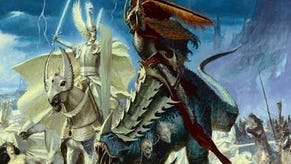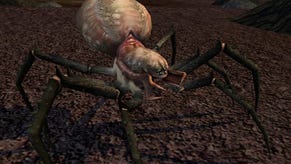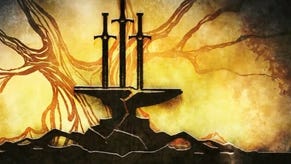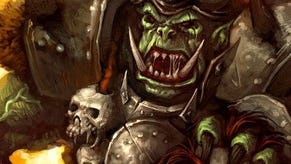Warhammer Online: Age of Reckoning
Well, this is orkward.
Who honestly wanted another World of Warcraft rival? Really, we wanted something else, something palpably different - and Warhammer truly does offer that. But in its marketing, in its visual styling, in its setting, even in its name (and trust me, I'm fully aware of the debt Warcraft owes to Warhammer) it appeared to be something it wasn't. Its fans famously spurn any suggestion of commonality with WOW, and in a great many ways they're right to do so. This isn't a WOW clone, much as it superficially appears to be so: its major purpose is to get dozens of players fighting each other at any given time, almost more akin to something like Modern Warfare. But to claim that either publisher EA or developer Mythic knowingly piggy-backed the appeal and success of Blizzard's online goliath hardly seems like false logic.
Had WAR been clearer about what it was, and had it even thrown out some of the strangely tokenistic world-building (its crafting system, for instance, is so unenthusiastically implemented it's almost funny) in favour of something tighter and more determinedly its own, it might have attracted a more relevant crowd in the first place. As it is, the bored hordes looking for a break from WOW have long since departed WAR's shores - and either returned to their more relaxed home, or given up on the entire genre for now.
Sure, there are definite hotspots in WAR, certain zones in constant contention, flipping back and forth between ownership by the monstrous forces of Destruction or the more Tolkienesque Order. Tier 4, the collection of top-level zones that ultimately lead to the two realms' capital cities, is always busy enough to find something to do, and someone to fight who isn't a respawning, half-witted NPC. The new Land of the Dead area, the biggest free content update yet, is currently drawing the bulk of the crowds, and is certainly the place where the game's at its most visually and thematically ambitious.

The game's architects have been able to indulge themselves hugely with the Egyptian-themed Land of the Dead, and the character designers able to play around with stuff like mummified vultures that fly hapless players off to their nests. However, its goals are still the pursuit of numbers and icons, clearly marked out on the map and HUD. It's not a place, it's a collection of systems. The NPCs stand stock-still, the monsters wander around clearly-delineated killing fields, and accessing the set-piece fights requires the collection of specific glyphs earned by repeating specific public quests. There's still no "look at that, look at what I did, look what I found!" You just do what the UI tells you to do.
The tragedy is that it would be twice the game it is if the player-base had stayed as mighty as it was in that first month. Public quests remain a splendid innovation - open-world missions anyone can roll up to, pitch in, and be rewarded by without having to specifically join a party or find someone wanting to do exactly the same quest. But even an update that lowered the number of recommended players for many to a meagre two or three hasn't helped - the vast bulk remain abandoned. There simply aren't enough people, and as a result this great idea, a significant slice of the game, is essentially redundant. Is that the fault of the game, the MMO market, the players? A little of each, I'd guess.
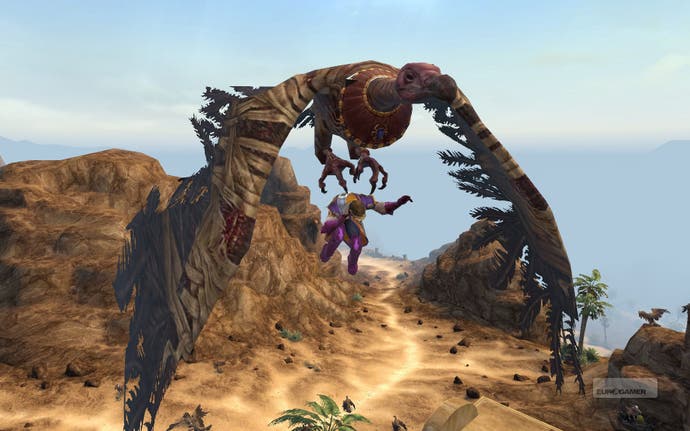
The same pox affects the PvP scenarios, instanced battlegrounds containing often imaginative variants of capture-the-flag and point defence. Multiple server merges, the option to simultaneously queue for all scenarios and improved team balancing mean the horrific queues of launch month are now a thing of the past, but in most zones it's rare to find a full warband of players on each side. The open-world keep sieges are more spectacular, and feel more like a fight with purpose, but they tend to be sporadic surges rather than constant push-and-pull between two armies.


